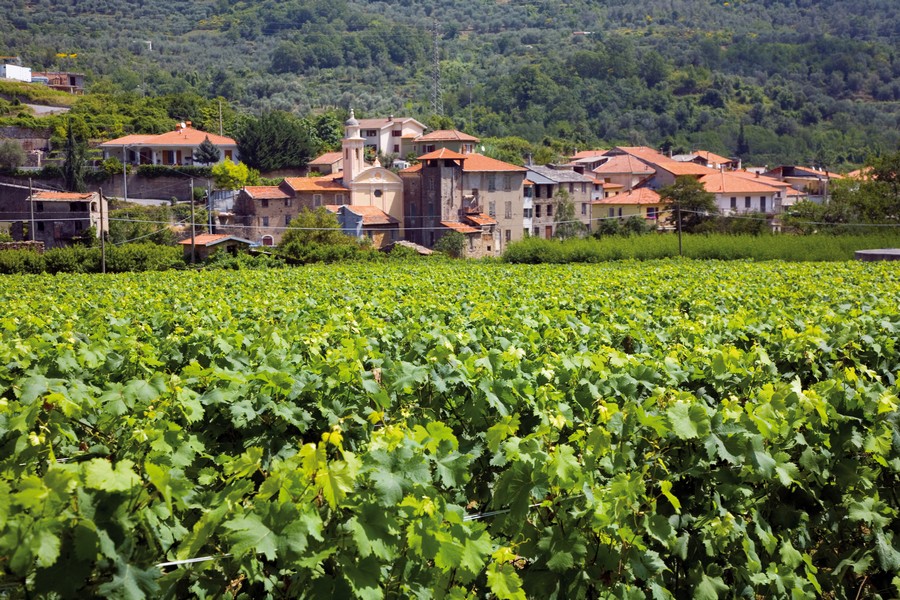Altitude: 77 m a.s.l.
Area: 19 sq km
Distance from Imperia: 31 km
Inhabitants: in 1881: 1311 - in 2017: 563
Patron Saint Day: August 7th - San Donato
Information: Municipality phone 0183 318085
The toponym of Ranzo is attested starting from the XIII century in the "Rancio" form, but the local Ransu diction clearly shows that the “s” is deaf. It is almost certainly a rural land toponym without a suffix, probably deriving from the Roman noble name Rantius. Ranzo seems to have constituted a Byzantine stronghold, like the villages of Chiusavecchia in Valle Impero and Cisano in Valle del Neva, along the route of the border front.
To go to Ranzo follow the Provincial Road 453 Albenga-Pieve di Teco which passes by Ortovero.
Visit of the town
Traveling a few kilometers, you’ll arrive to Ranzo where you can first visit the oratory of Madonna delle Vigne, where a polyptych of 1544 is preserved, the work of Giorgio Luigi, son of the most famous Pietro, native of the village. The same who decorated the portico of the church of nearby Bacelega.
Remarkable, outside the built-up area overlooking the gorge of San Pantaleo, are the ruins of the defensive castle from Turkish-Barbarians which controlled the valley road.
Returning to the Provincial Road towards Albenga, you’ll soon encounter the proto-Romanesque church of San Pantaleo on the right side of the road, built around the year 1000 and then remodeled in the fifteenth century, which is the most significant monument in the valley.
Particularly interesting is the arcade that protects the right side, entirely decorated with frescoes attributed to Pietro Guidi da Ranzo; paved in white and black pebbles, it is supported by two stone columns, of which the one on the left has, sculpted on the capital, guardian wizards surmounted by delicate volute motifs.
Other guardian wizards, guarding on the side of the road, are carved on the capital of the column, larger but otherwise identical to the others, which is placed there.
The arcade, which the stupidity of idiotic graphomaniacs has forced to close with a sturdy gate, has cross vaults, of which the one on the right has a stone tondo carved with an Agnus in the center, ending on the right on a carved stone shelf underneath of which is embedded the original stone stoup, carved with the Maltese cross.
Under the arcade, on the left, there is a first portal with an architrave of 1493 carved with an Agnus among stylized angels of surprising modernity; on the adjacent window, through which you can see the interior decorated with frescoes by Pietro Guidi da Ranzo, the architrave is carved in a Gothic Trigram in a tondo with oblique flames between elaborate floral motifs; the portal on the right finally has a bas-relief of 1491 carved with a Trigram in the center in a tondo supported by angels, on the left an angel with a cartouche and on the right San Pantaleo between a lectern surmounted by a bird and an elaborate kneeler.
On the simple façade there are two small single-light windows now walled up and two other smaller ones open in the two round rear apses.
The eighteenth-century parish church of San Marco Evangelista, decorated on the façade with the fresco of the Saint, preserves inside a stone baptismal font equal to that of Vessalico; to the left of the church is the simple coeval oratory.


